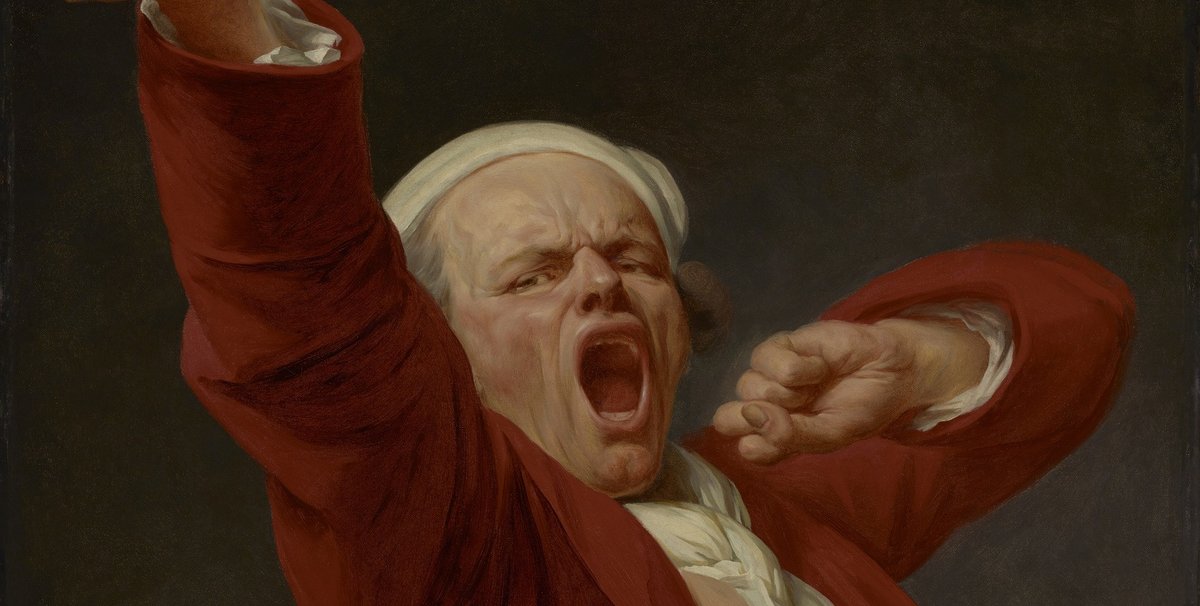With another concentrated week of New York art fairs upon us, it is all too easy to knock the experience, which leaves collectors shuttling in a daze from pier to pier and artists feeling like cows visiting a slaughterhouse. But where some see a slaughterhouse, I see an enormous economy of thousands of people, artists and art workers alike. There are serious challenges for the art business to address, but on the whole, I have a hard time finding fault with fairs as economic engines for the art world.
Literally and metaphorically, art fairs are where the art world comes together. But the small and mid-size galleries that make up the broadest bands of the art economy simply do not have—and cannot hope to build—the physical infrastructure necessary to fully realise the benefits of a globalised art world. For them, fairs remain a critical venue for networking, connecting with clients and establishing their brands. As imperfect vessels for art as art fairs are, the internet (even with advances in virtual and augmented reality) will never replicate, much less replace, the social aspect of art—the fundamental magic of standing in front of a work of art.
While fairs as we know them are draining the energy, creativity and budgets of galleries and artists that participate in them, practical solutions exist. For example, allowing galleries to alternate their annual commitment to fairs without losing their spot would address the overall “fair-tigue” syndrome that galleries and visitors face, by allowing more galleries of the appropriate calibre to participate, offering more diversity to visitors, and relieving some of the financial pressures that many galleries feel to repeat their participation every year in every fair.
Other options for fairs include downscaling—or, at least, scaling back of ambition—for some regional art fairs; greater integration with digital and other platforms; and extending their reach both physically and temporally. Pulse new year-round engagement plan Pulse360, the Art Basel Cities programme, London’s Condo gallery-sharing concept, and citywide Gallery Week-style events are all examples of alternative models capable of expanding the art fair experience in art-positive ways.
Art fairs do not struggle or close because of competition from other fairs; they close because of competition for their client galleries’ and visitors’ money and attention, such as rising rents or larger spaces, supporting museum exhibitions, publications, and so forth. Fairs must become better vehicles for art, not just merchandising, to continue to prove their relevance. The art fairs that will not only survive, but thrive, beyond 2017 will be the ones that evolve with the demands of their audiences and galleries, to nail the balance between commerce and consideration.
• Cornell DeWitt is an art business strategist who has worked with and led galleries, art fairs and digital platforms


